Curiosities about instruments, the xylophone and Rising Star Fan Art.
Greetings to all my dear Rising Star friends, today I am very happy to share with you a new article on my blog. I want to tell you some interesting facts about a very interesting instrument, I am referring to the xylophone. And, as usual, at the end of the post I will present you some fan art that I have created, inspired by our beloved game, Rising Star. Without further ado, let's begin.
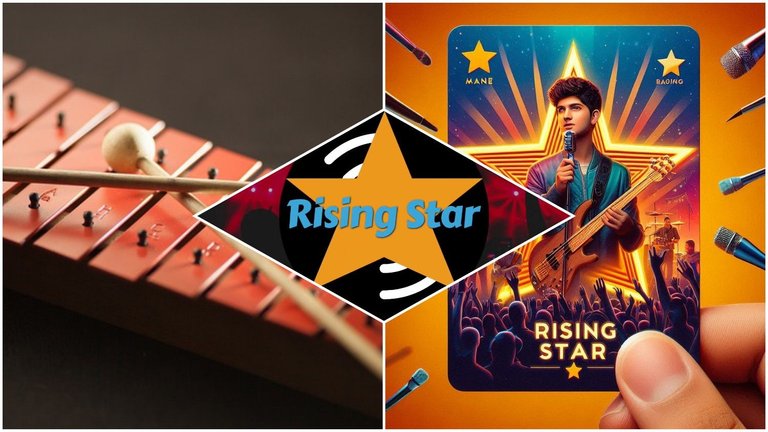
Source: Canva
My friends, we must first start this story from the beginning, that is, the origin of the instrument. First of all, the first concrete evidence of a xylophone dates back to the ninth century in Southeast Asia. It is said to have been a type of hanging wooden instrument, similar to a modern xylophone. In Indonesia, for example, there are variants such as the gamban* and the rindik that are part of the traditional gamelan orchestra.
- On the other hand, the first mention of the xylophone in Europe appears in the book Spiegel der Orgelmacher und Organisten by Arnolt Schlick, in 1511, so that was a long time ago, right? But it was not until the nineteenth century that it really began to gain popularity, thanks to people like Michael Josef Gusikov. His version of the instrument had 28 wooden bars and was played with spoon-shaped sticks, without resonators. Gusikov took his xylophone to concerts and all kinds of activities.
If you're wondering where the name xylophone came from, I'll tell you that it comes from the Greek xylon (wood) and phone (voice), which gives us a clue about its translation, which is literally "the voice of the wood" haha, a bit funny actually 😀.
The xylophone found its first big moment in European classical music with Camille Saint-Saëns' Danse Macabre in 1874. Since then, it has been an essential element in many orchestral compositions. Did you know that Gustav Mahler also included it in his Symphony No. 6? And let's not even talk about Shostakovich, who was a true fan of this instrument.
The xylophone is not just for hitting and that's it. It requires precise technique and great virtuosity on the part of the percussionist. One of the most used resources is the tremolo, which is achieved by alternately striking both mallets on the same plate. This effect gives a sense of movement to the sound.
There are several versions of the xylophone, such as the xylorimba, which has a lower range than the marimba. There are also variations depending on the type of music and the region, such as the garantung in Sumatra, the pattala in Myanmar, and many more.
The xylophone didn't stop at classical music, it also had its moment in jazz and vaudeville in the 1920s and 1930s. Musicians like Red Norvo and George Hamilton Green made it popular with the general public. Over time, the vibraphone, with its more durable metal fabrics, stole some of its thunder. That didn't make the instrument disappear, though. On the contrary, it only motivated it to be improved.
As a curious fact, you should know that in addition to classical music and jazz, the xylophone has appeared in many movie and television soundtracks.
When used for music education, especially in the Orff method, the xylophone is mounted in a wooden acoustic box, ideal for children to become familiar with music in a fun and accessible way.
- In many African countries, the xylophone is an important instrument and is recognised as a traditional instrument. It is played in groups and it is common to see performances with several xylophones, sometimes up to six instruments at a time. These are used both in festive celebrations and funerals, being an integral part of various ceremonies and cultural events.
Rising Star Fan Art
Now, changing the subject, I present my post #68 about some of the fan art I've made with the help of DALL-E, inspired by our beloved game, Rising Star. In this post, I've used the card theme again along with several elements of the game. For example, I've added the star, some instruments and singers to give more personality to the images. Some of the images also have futuristic and retro touches, and I've added stages and concerts to give it a special touch.
The images are free to use, so you can use them from this post without any problem. I reiterate that they have been made by me with the help of DALL-E.
I hope you enjoyed this journey through the history and curiosities of the xylophone. And that you liked the fan art. See you in a new post. Until next time friends, greetings to all.
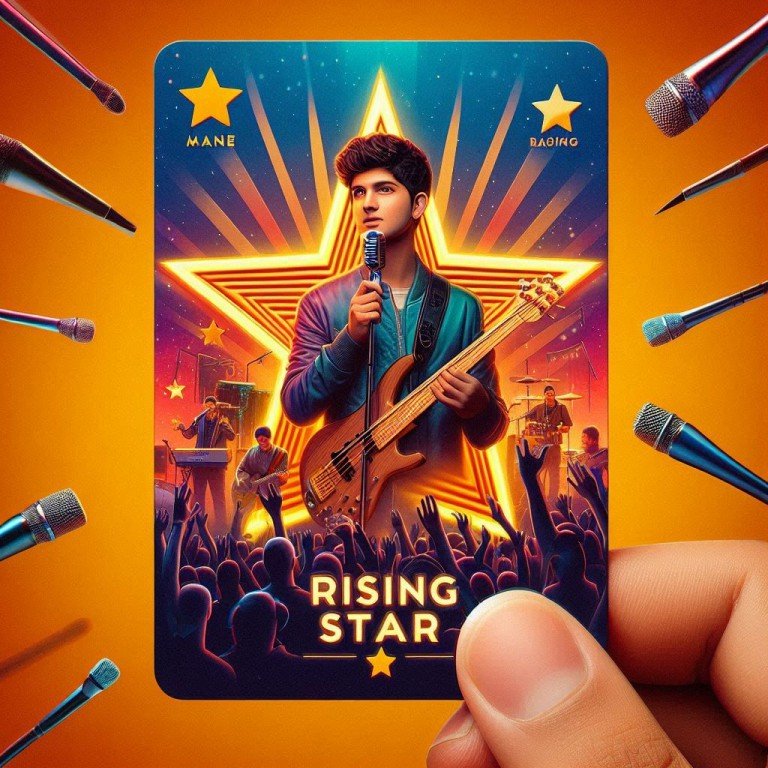
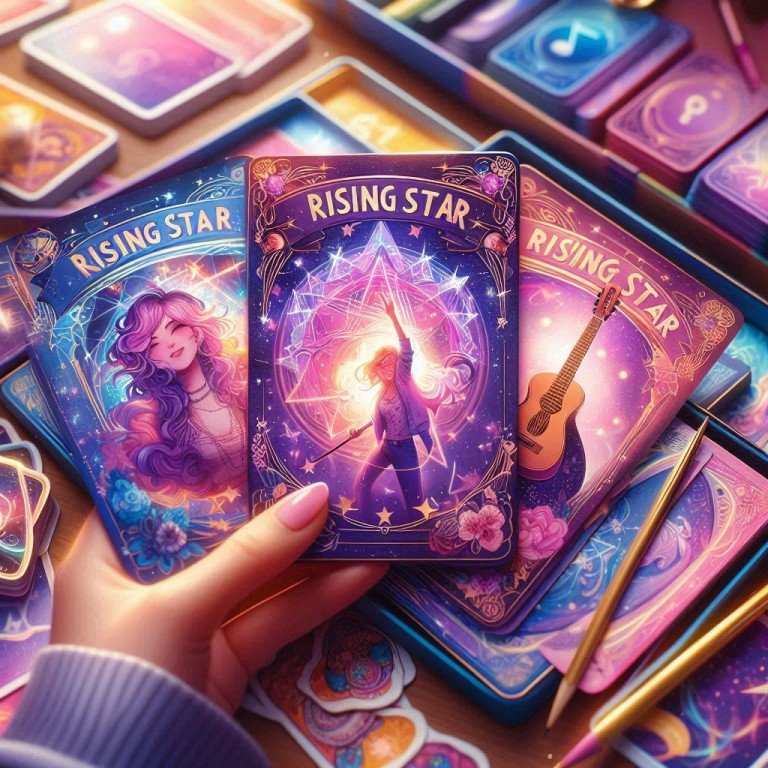
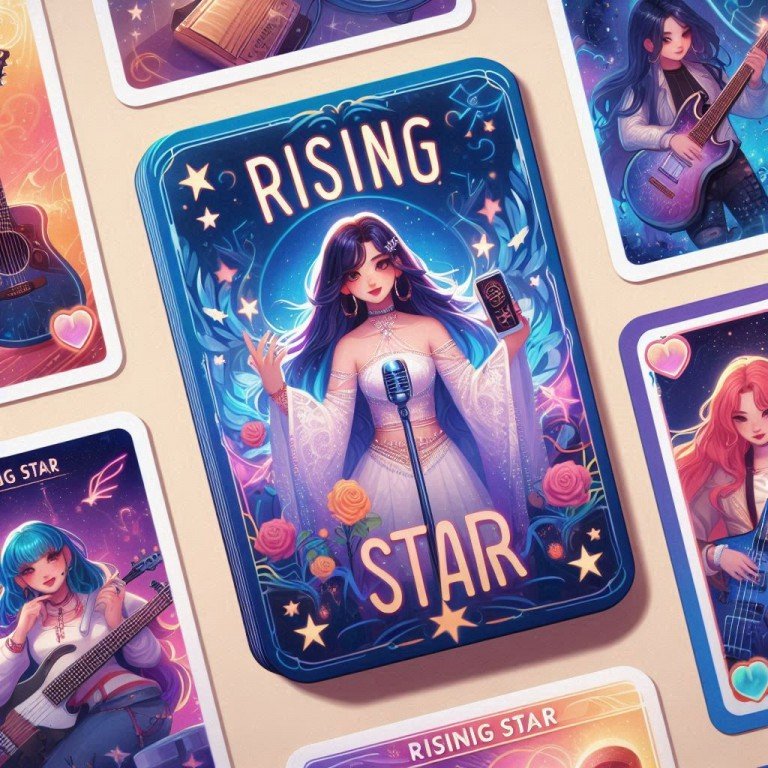
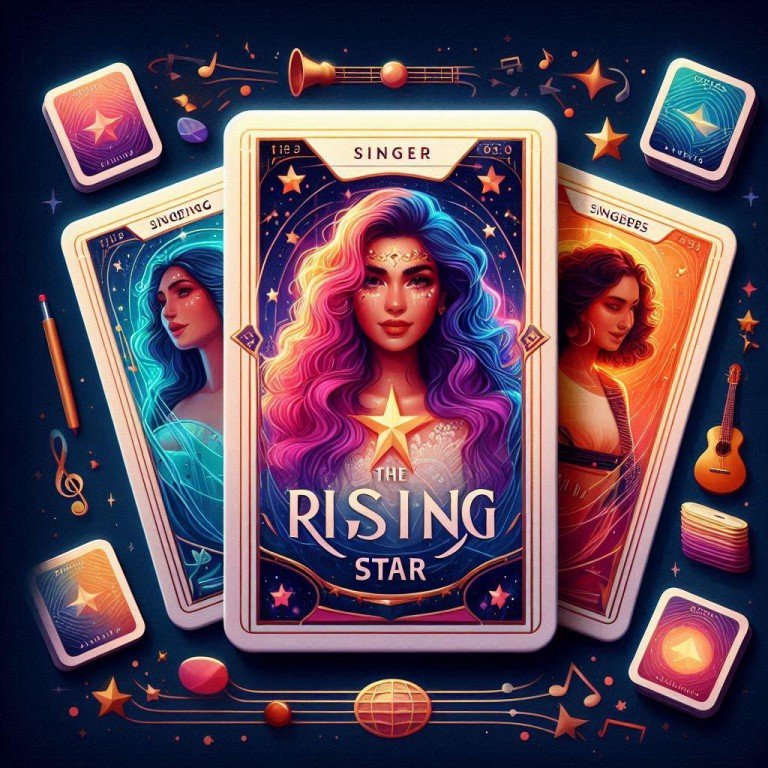
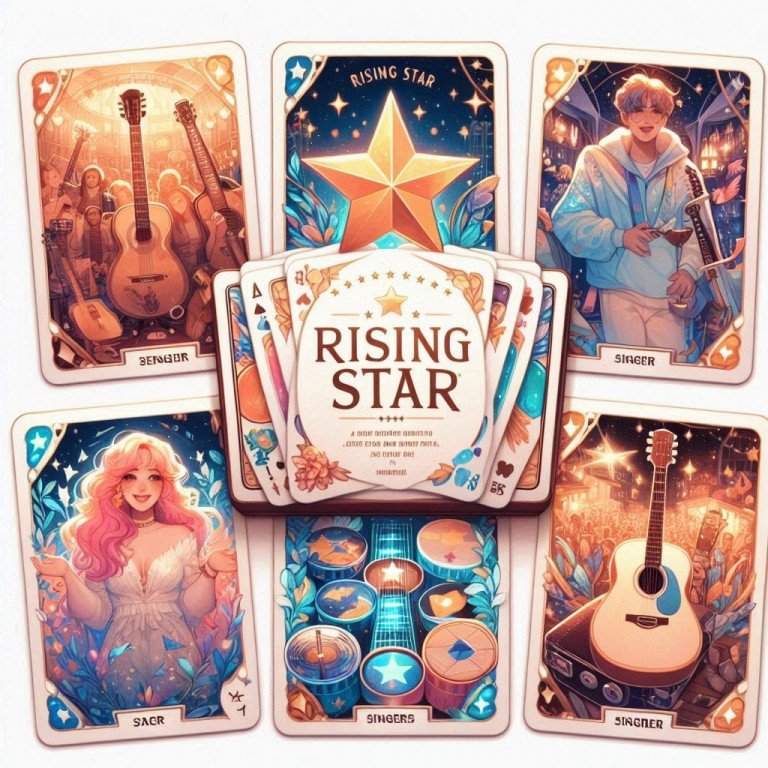
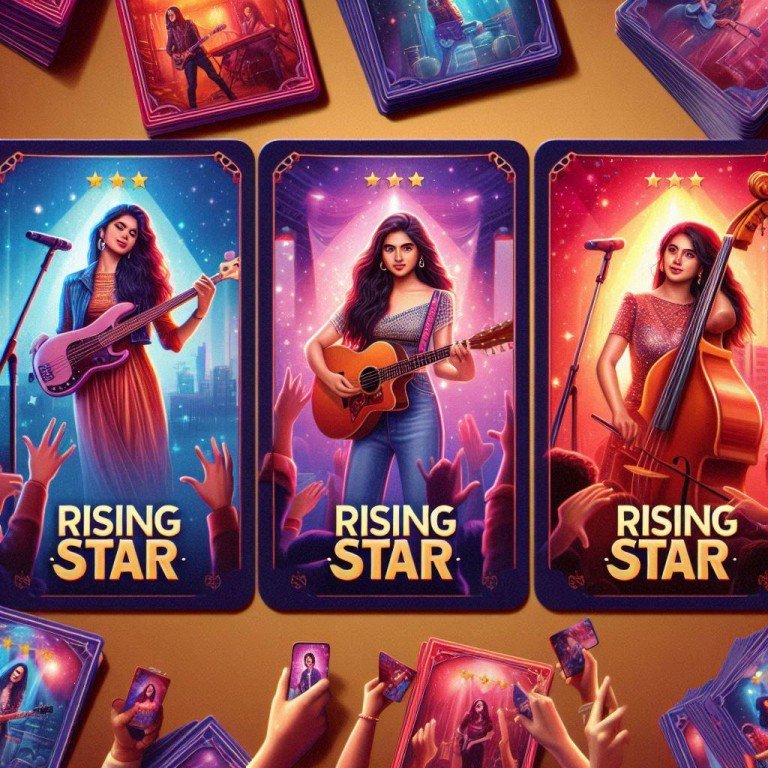

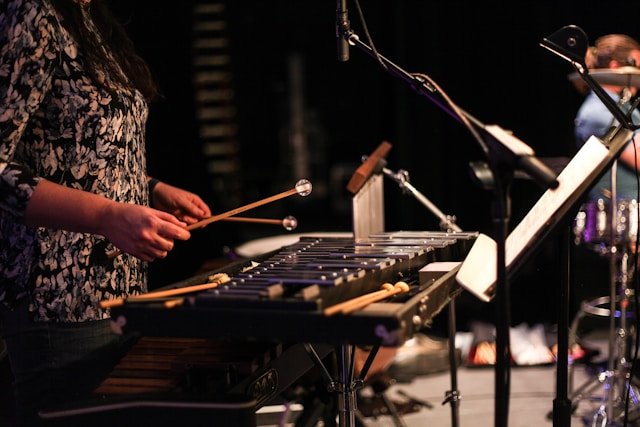
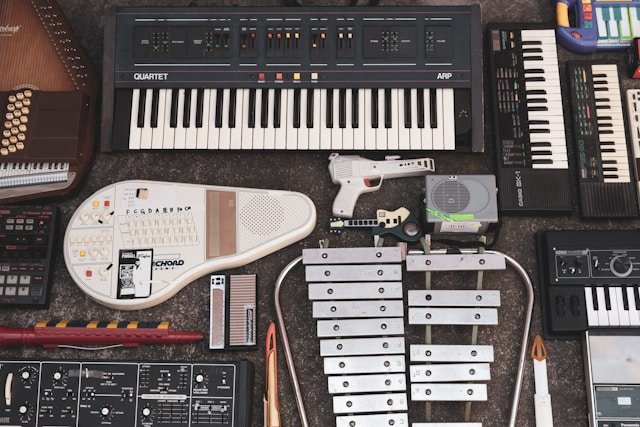
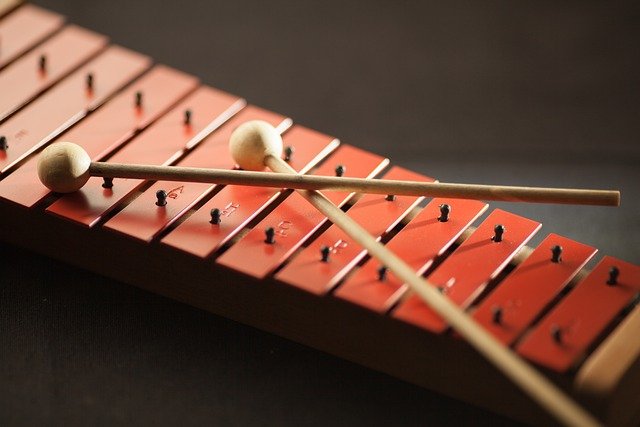
Congratulations @mariabc! You have completed the following achievement on the Hive blockchain And have been rewarded with New badge(s)
Your next target is to reach 100 replies.
You can view your badges on your board and compare yourself to others in the Ranking
If you no longer want to receive notifications, reply to this comment with the word
STOPCheck out our last posts: